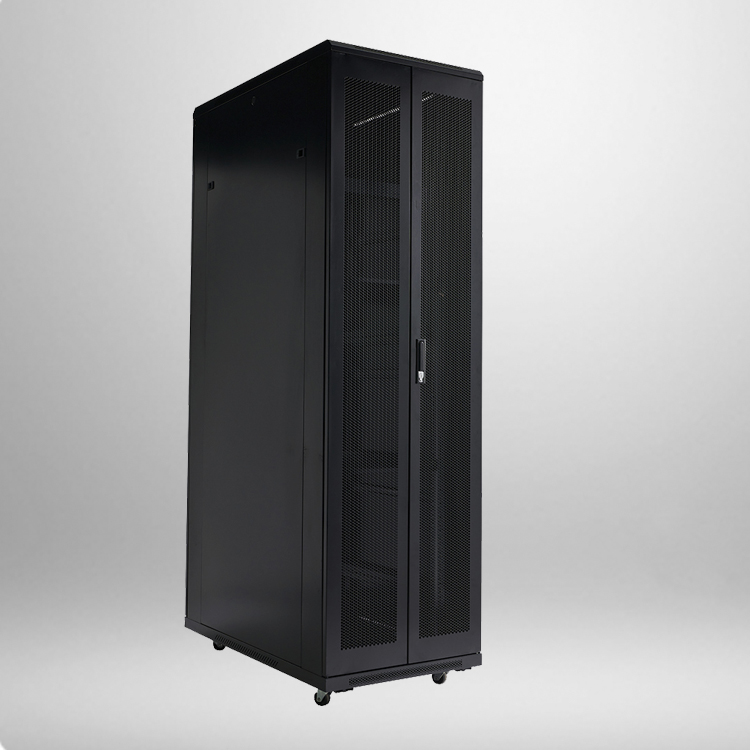
Organizing cables in a server cabinet is essential for maintaining a neat and efficient setup. Proper cable management not only improves the overall appearance of the cabinet but also ensures that cables are organized and easily accessible when needed. Here are some tips for organizing cables in a server cabinet:
Before you start organizing cables in the server cabinet, it’s important to plan out the layout. Consider the placement of your servers, switches, and other equipment to determine the best routes for cables.
Cable management tools such as cable ties, cable sleeves, and cable management bars can help keep cables organized and prevent them from becoming tangled or disorganized. These tools can also help maintain proper spacing between cables to prevent interference.
Properly labeling cables can make it easier to identify and troubleshoot connectivity issues. You can use color-coded labels or cable tags to help differentiate between different types of cables.
Cable trays and racks can help organize cables neatly and keep them off the floor of the server cabinet. This can help prevent tripping hazards and ensure that cables are properly supported.
It’s important to separate power and data cables to avoid interference and reduce the risk of electrical hazards. Keep power cables on one side of the cabinet and data cables on the other side.


